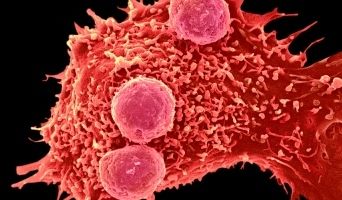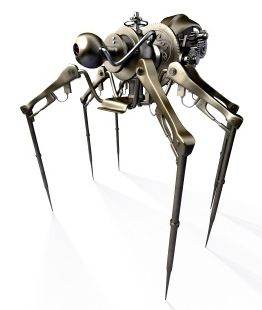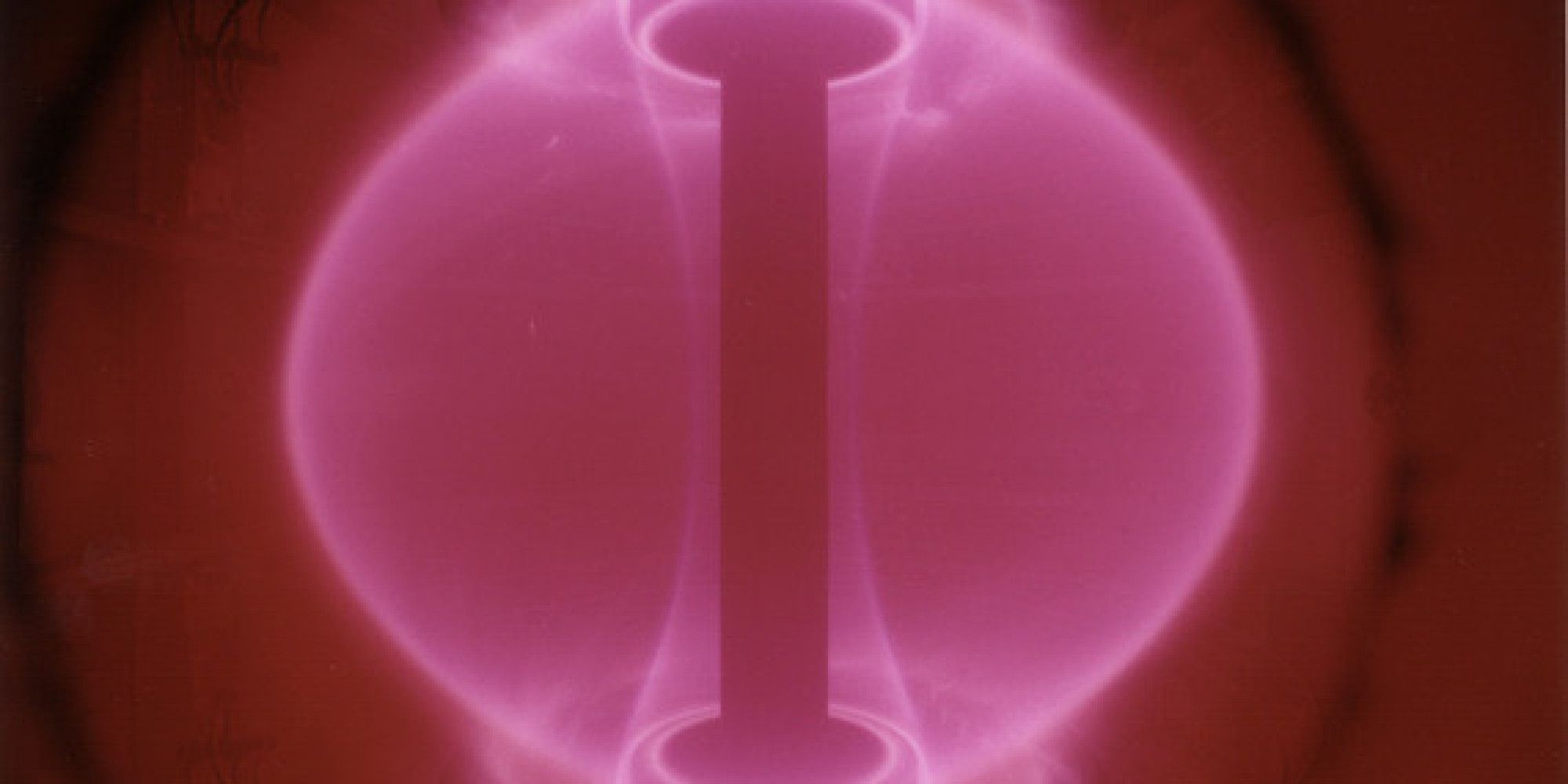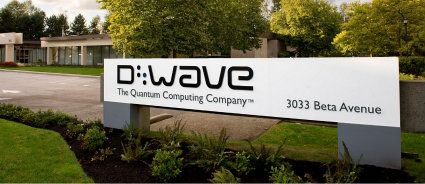This is a nice vid but there are two things to note.
1. he does not mention Callisto in place of Europa. Europa gets enough radiation to kill you in a day where on Callisto you would not even get the radiation you get here on Earth.
2. It might be possible to puff up a given asteroid by creating a cylinder within as he points out, but filling it with water and then heating it from outside and once it’s molten the water will expand and blow the asteroid to a larger size. It may be possible to turn a 1 mile wide asteroid into a ten mile wide habitat. I do not know how well it scales up to larger asteroids.
This episode continues our team up with Fraser Cain to look at Colonizing the Solar System, we move from the inner solar system to the Asteroid Belt and beyond, all the way out to the Oort Cloud.
Part 1: The Inner Solar System, can be watched here:









